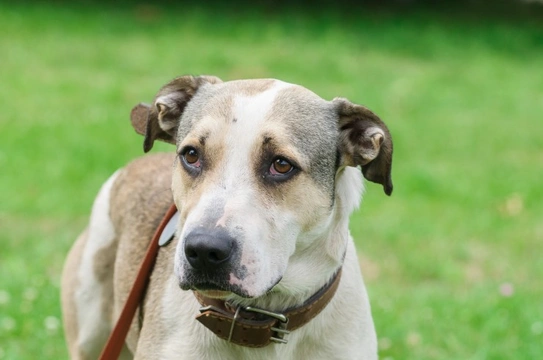
How shelters assess the temperament of dogs for rehoming
Dog charities, rehoming shelters and even the pound that many local councils will use to house found and unowned dogs all have several roles to fulfil when it comes to helping dogs as a whole. As well as safeguarding the welfare of the dogs in their care, promoting responsible ownership and raising funds, they are also highly committed to getting lost dogs back to their owners, and finding suitable and appropriate homes for dogs that have been surrendered.
However, when a dog arrives at a shelter they are not simply offered up for adoption immediately and prospective owners encouraged to come along, adopt and take their chances. Shelters put a lot of time and effort (and sometimes money) into assessing the temperament, needs and traits of every dog in their care, in order to find them the perfect match. A vital element of this means checking how the dog reacts in everyday situations, how they get on with other dogs and people, and if they have any problems-and knowing more about these things help shelters to decide upon the most appropriate course of action for each dog.
Some shelter dogs may need time and work before they are suitable for rehoming, or they may require a specific type of owner-such as one that does not have other pets, or one that is very knowledgeable about dogs, and the specific requirements that adopted dogs may have.
Ergo, before a shelter will offer a dog up for adoption, they will already have spent some time running though their set assessments and spending lots of time interacting with the dog to work out its needs and if there are any problems. In this article, we will look at the basics of what this entails, and how shelters assess the temperament and core traits of the dogs in their care before they can be rehomed. Read on to learn more.
Reactions to people
First of all, dogs that have come into the shelter for the first time are assessed pretty much from the minute they come through the door, in terms of how they react and interact with people. Many dogs are shy, nervous or scared at this time, while others might be excited and happy to meet new people. Signs of fear, potential aggression or indications that the dog essentially doesn’t really know what is going on all provide important information for the staff further down the line.
Handling and one to one interaction
When the dog has settled in a little, the staff will look again at how the dog reacts and deals with people in a one to one setting, such as having someone in their kennel, if they actively approach for a pat and to say hello, and generally if they have a good foundation to be able to begin to form bonds with their regular handlers and later, new family.
Acceptance of strangers
As well as assessing how the dog gets on with someone who is caring for them regularly, the shelter will also need to find out how the dog reacts to new people; both in general terms, and to find out if the dog shows signs of fear or aggression with people that they do not know. This provides important information that the shelter can work with to make the dog more suitable for rehoming.
Behaviour around children
It is vital for dogs rehomed to families to be safe around children, and some dogs may only be suited to homes with older children, or in some cases, with adults only. Even if the decision is made that a dog should not live with children, they will still likely come across children from time to time and so it is vital that the shelter can be confident that the dog will not become aggressive or potentially dangerous.
Behaviour around other dogs
Behaviour and interaction with other dogs is a vital part of canine life, and the shelter will need to find out if the dog has been well socialised and is safe and happy around other dogs, or if this needs some work.
A dog that has not been well socialised or that does not get on well with other dogs in general will need work before they can be rehomed, which may be done via the shelter, or may mean that the dog can only be rehomed to an experienced owner who is prepared to work on this.
Responses when startled or surprised
Even a loving, friendly and generally confident dog may react very differently if they are startled or surprised, and this may in some cases manifest as aggression. Situations such as fireworks or other loud noises and flashing lights are a common trigger for many dogs, and how they deal with this is important to know.
Level of training
How well trained the dog is and if they know the basics of things like walking on the lead, going outside to toilet and other essentials are all things the shelter will need to know, either to improve upon or to ensure that the right owner who can deal with these things is found.
Territorial behaviours
Finally, some dogs tend be be more territorial than others, and this may mean that they will be apt to guarding at home, which can be a problem for both their owners and other passers by! Some dogs will guard resources such as food and toys, and this may be a problem if the dog is not places with the right type of owner.



